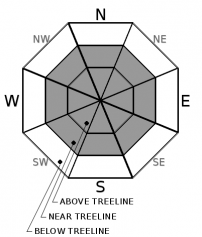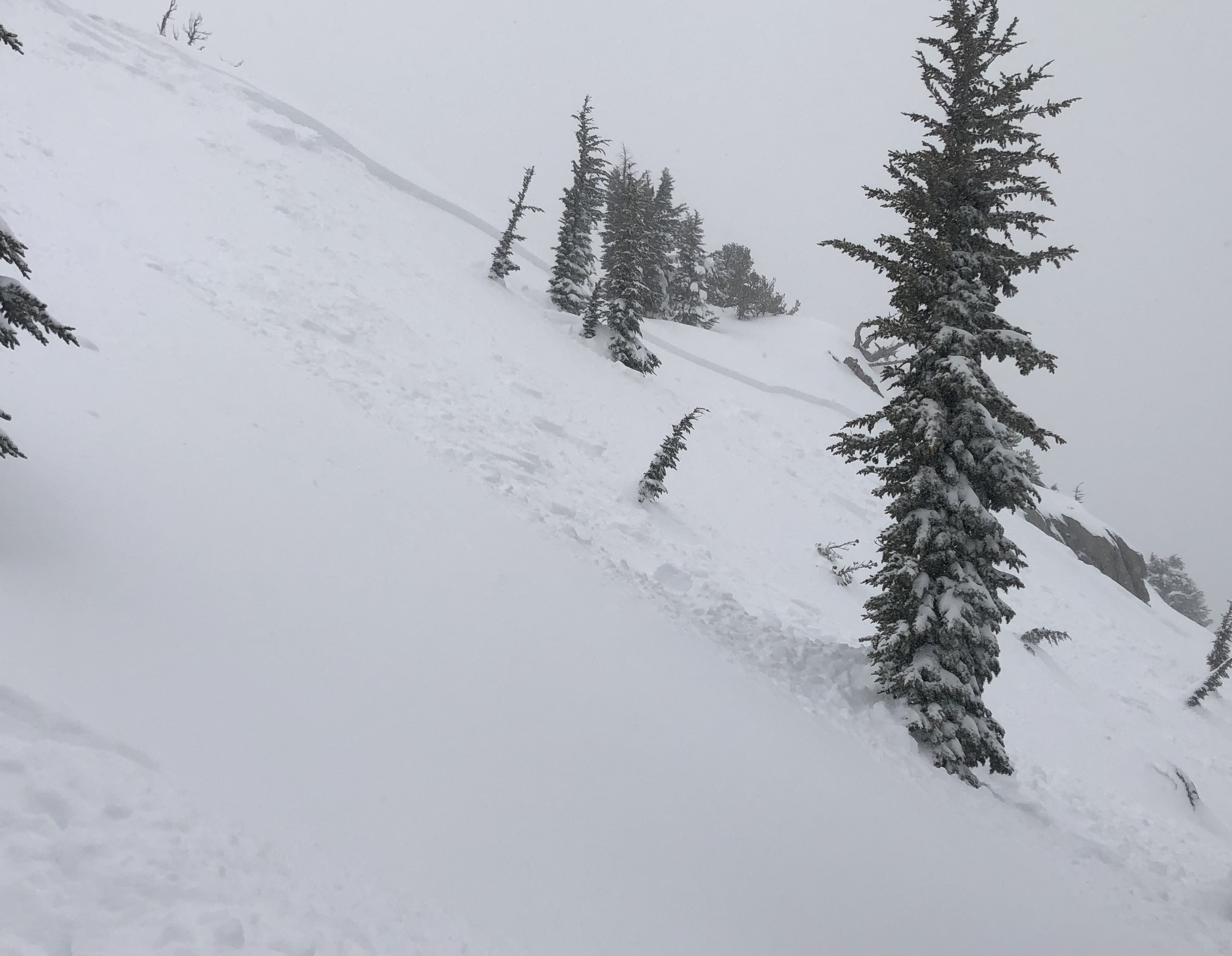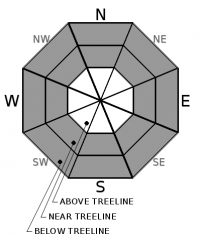| Tuesday | Tuesday Night | Wednesday | |
|---|---|---|---|
| Weather: | Mostly cloudy. Chance of snow. Snow levels below 7000 feet. Chance of precipitation is 35%. | Mostly cloudy. Slight chance of snow through the night. Snow levels below 7000 feet. Chance of precipitation is 20%. | Mostly cloudy. Chance of snow. Snow levels below 7000 feet. Chance of precipitation is 40%. |
| Temperatures: | 25 to 30 deg. F. | 13 to 18 deg. F. | 31 to 37 deg. F. |
| Mid Slope Winds: | Southwest around 15 mph with gusts to 30 mph. | Light winds. | Light winds. |
| Expected snowfall: | 80% probability up to 2 inches. 20% probability of 2 to 4 inches. | SWE = less than 0.10 inch. | 70% probability up to 1 inch. 30% probability of 1 to 2 inches. | SWE = less than 0.10 inch. | 60% probability up to 1 inch. 40% probability of 1 to 3 inches. | SWE = less than 0.10 inch. |
| Tuesday | Tuesday Night | Wednesday | |
|---|---|---|---|
| Weather: | Mostly cloudy. Chance of snow. Snow levels below 7000 feet. Chance of precipitation is 30%. | Mostly cloudy. Slight chance of snow through the night. Snow levels below 7000 feet. Chance of precipitation is 20%. | Mostly cloudy. Chance of snow. Snow levels below 7000 feet. Chance of precipitation is 40%. |
| Temperatures: | 20 to 26 deg. F. | 10 to 16 deg. F. | 26 to 32 deg. F. |
| Ridge Top Winds: | Southwest 15 to 25 mph. Gusts up to 45 mph decreasing to 30 mph in the afternoon. | Southwest around 15 mph with gusts to 30 mph. | Southwest around 15 mph with gusts to 25 mph in the morning becoming light. |
| Expected snowfall: | 60% probability of 2 to 4 inches. 40% probability up to 1 inch. | SWE = less than 0.10 inch. | 70% probability up to 1 inch. 30% probability of 1 to 3 inches. | SWE = less than 0.10 inch. | 60% probability up to 1 inch. 40% probability of 2 to 4 inches. | SWE = less than 0.10 inch. |
























